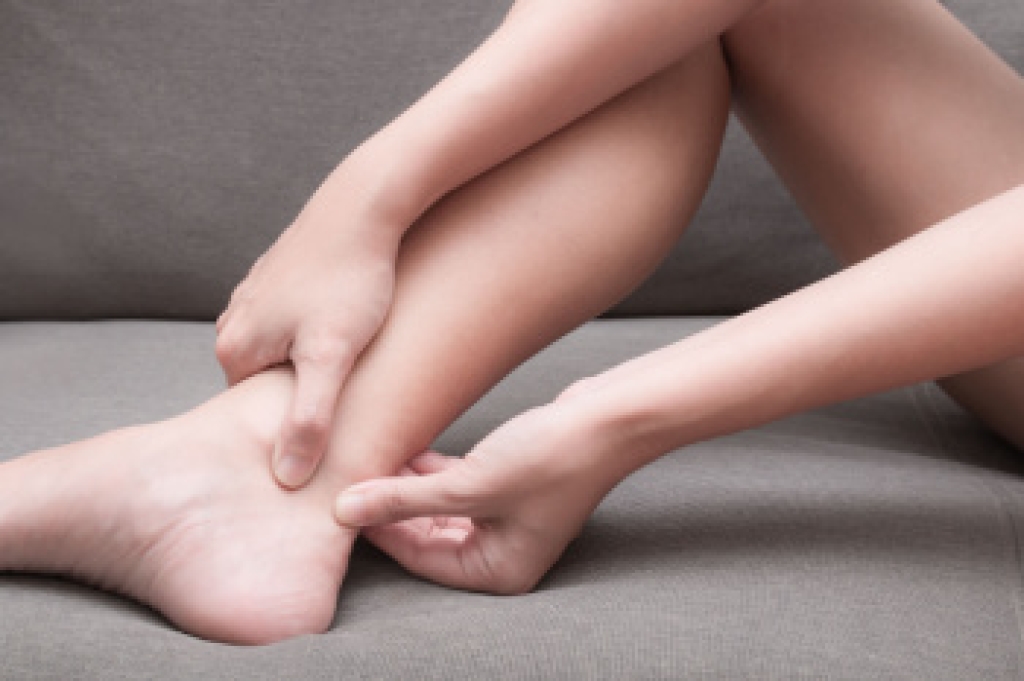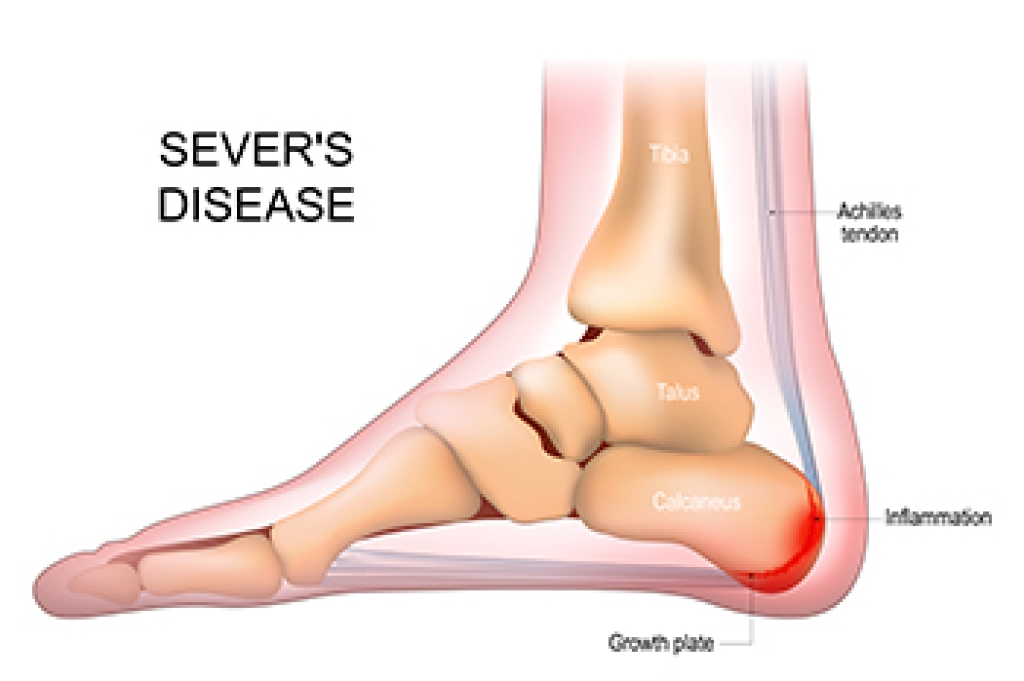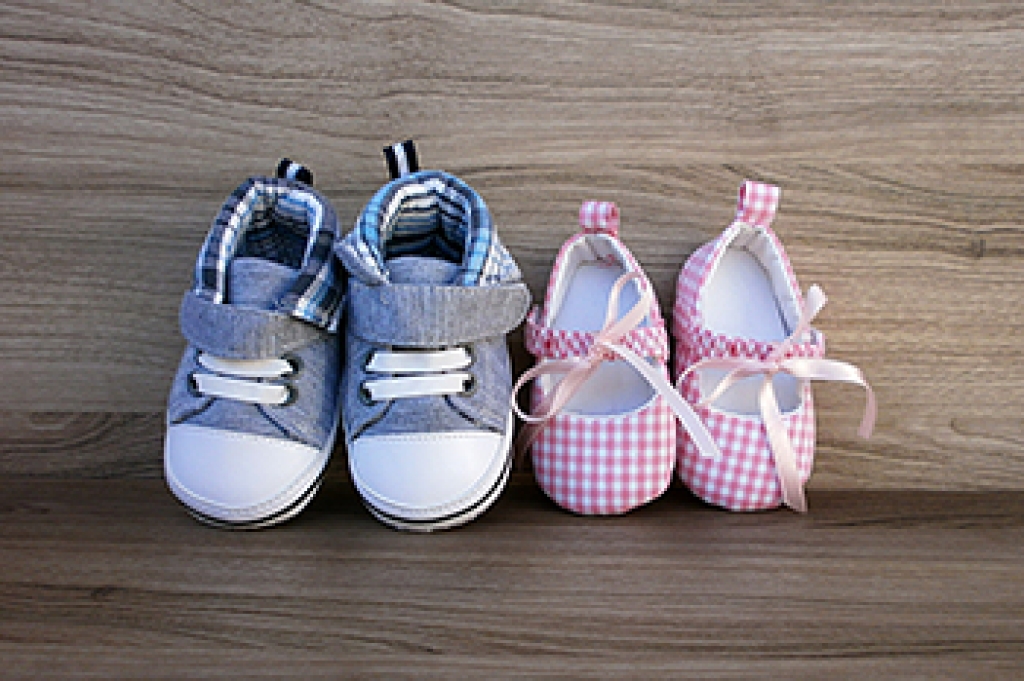
Hammertoe is a foot deformity where one or more toes bend downward at the middle joint instead of pointing straight. This condition results from an imbalance in the muscles, tendons, or ligaments that keep the toe properly aligned. Common causes include wearing tight or high-heeled shoes, genetic predisposition, arthritis, or foot structure abnormalities. Over time, the affected toe may become rigid and difficult to straighten. Symptoms often include pain, swelling, redness, and difficulty in moving the toe. Corns or calluses may develop due to friction against footwear. In severe cases, walking becomes uncomfortable, and open sores can form if left untreated. If you have developed hammertoe, it is suggested that you consult a chiropodist who can effectively treat this condition.
Hammertoe is a common foot deformity in which one or more of the small toes bends downwards at the middle joint. Though it may seem like a purely cosmetic issue, this is not the case. Hammertoes can be uncomfortable, painful, and even debilitating in severe cases. If you suffer from hammertoe, please consult with one of the specialists from Thornhill Foot Clinic. Our chiropodists can help you maintain the health of your lower limbs and your mobility.
Symptoms
- One or more small toes bending downward at the middle joint
- Pain or irritation on the affected toes
- Corns and calluses
- Inflammation
- Redness
- Stiff toe joints
- Sores on the tops of the toes
Diagnosis
A chiropodist can typically diagnose hammertoes through physical examination. X-rays may need to be taken to see the extent of the damage.
Treatment
Hammertoes tend to progressively worsen with time, so getting prompt treatment is very important. In its early stages, the progression of hammertoe can be slowed down or stopped. Your chiropodist may suggest changes in your footwear. Wearing wide, comfortable shoes with a larger toe area and a low heel can help you avoid putting pressure on your toes. You may also be prescribed orthotics. Over-the-counter medications or corticosteroid injections may be used to relieve pain. If you have any corns or calluses, your chiropodist may suggest padding them to avoid further irritation. In advanced cases, surgery may be suggested.
If you have any questions please feel free to contact our office located in Vaughan, ON .




